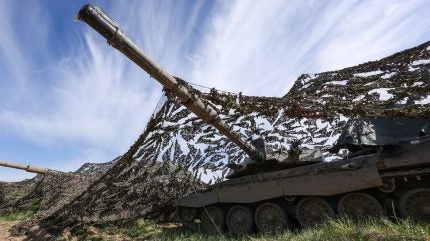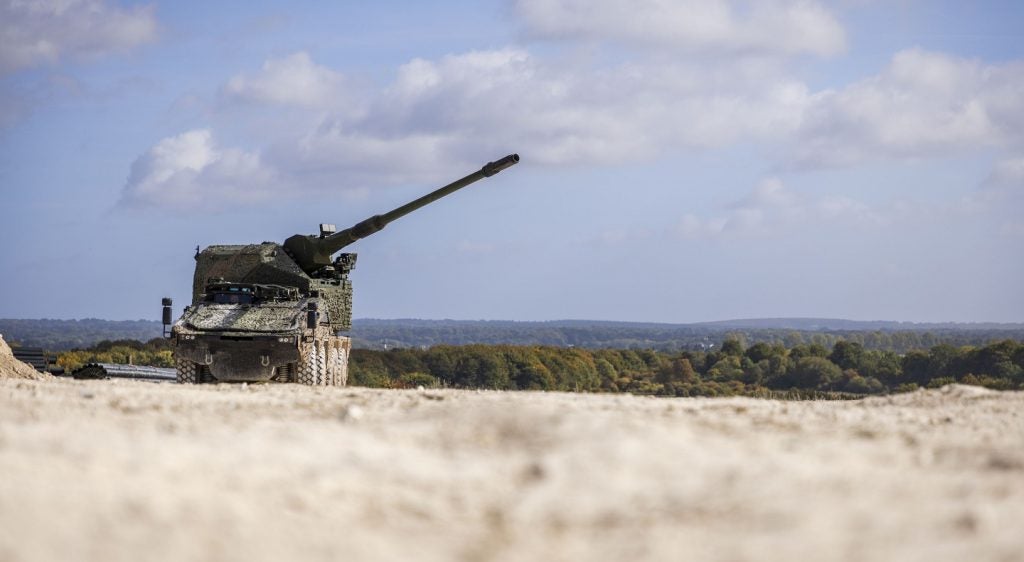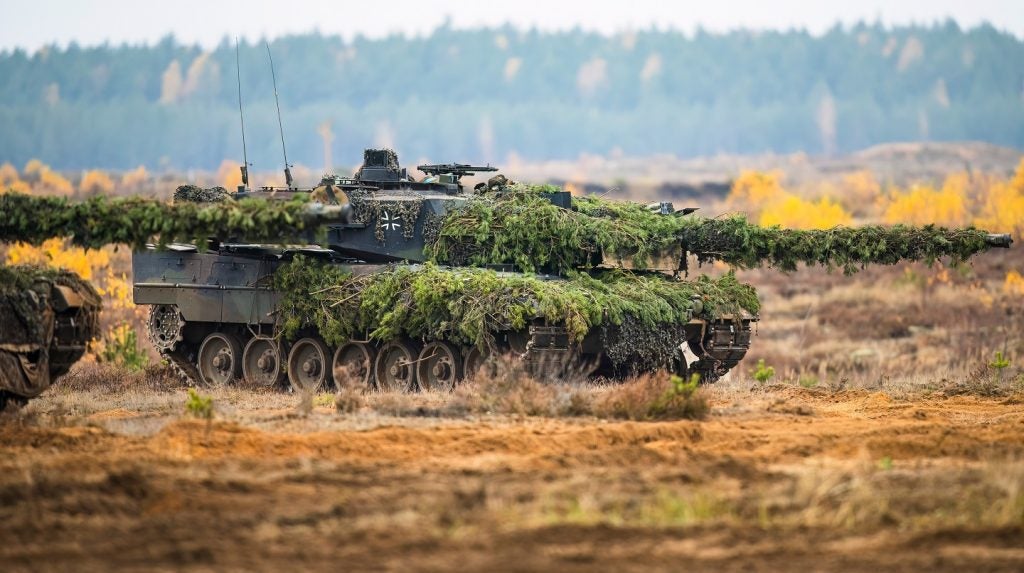
The British Army is in the midst of a wide-ranging restructure and reduction in numbers of personnel and equipment, struggling with out-of-date platforms and a huge drawdown in capabilities as systems and munitions are donated to Ukraine.
With the UK Ministry of Defence (MoD) having to contend with a £16bn ($20.7bn) gap between its resources and platforms on order according to the National Audit Office’s report into the 2023-2033 Equipment Plan, it is likely that hard decisions will have to be made in the months ahead.
Here are the Top 3 British Army programmes for the new UK Government to consider, ahead of a future Strategic Defence Review.
RCH 155 or expanded Archer?
In one of the last military procurement acts of the outgoing Conservative government, it was determined that the UK’s new mobile artillery platform – the replacement of the 1990s-era AS90 – would be the RCH 155 self-propelled 155mm howitzer, which itself is based on the Boxer 8×8 mechanised vehicle already being acquired in large numbers for the British Army.

The delivery timeline is also a factor to consider, with a viable capability only likely to be achieved by the end of the decade, at the earliest. Until then, and with the inventory of AS90 155mm artillery potentially emptied in donations to Ukraine, the British Army is literally going to have to soldier on with the interim buy of 14 Archer 155mm SPHs.
However, the potential for UK-German industrial cooperation with the RCH 155, a key factor to consider, could see the programme maintained.
Challenger 3 or late-variant Leopards?
The UK is upgrading 148 of its approximate 200 Challenger 2 main battle tanks (MBT) to the Challenger 3 standard, the main element of which is a new turret that will incorporate Rheinmetall’s 120mm L55A1 high pressure gun, providing an engagement range of up to 5km. This will bring commonality with Nato allies, with the L55A1 also fitted to the Leopard 2A6 tanks operated by many European armies.
However, the finite number of available Challenger 2 hulls – reported in 2023 that the British Army only had around 150 available for operations – could leave the fleet in a parlous state for repairs at the outer end of the Challenger 3 probable end-of-service in the late 2030s.

With Germany recently announcing the acquisition of more than 100 of the latest Leopard 2A8 MBTs, could the UK instead make more use of license-built, late-variant Leopard 2s instead, until the future Eurotank (also known as the MGCS) is more than a blueprint on a screen?
Ajax curtailed for retained Warrior?
The development of a new family of armoured vehicles, centred on the Ajax infantry fighting vehicle (IFV) variant, is critical for the British Army as it appears set to lose its Warrior tracked IFV in 2025. Nearly 600 are to be acquired across the range.
However, in January this year it was reported by Army Technology that while more than one quarter of the 589 Ajax family of armoured vehicles intended for use in the British Army have been manufactured, no deliveries had taken place since at least June 2023 as crews continued familiarisation programmes with the platform.

As of 17 January 2024, 44 units had been delivered, with the platform yet to enter initial operating capability with deliveries short of the 50-unit benchmark required to hit the milestone.
Given this, the stop-start nature of the programme and issues with hearing damage among crews training on early models, could the British Army see a reduced Ajax buy and perform an about-face on its legacy Warrior IFV – due to leave service in 2025 – to restart the axed Warrior Capability Sustainment Plan?
European cooperation the deciding factor
The UK’s new Labour Government, with its team in place at the MoD, has already made great play of commitment to furthering the country’s defence capabilities. A fourth option, not included above, could regard the curtailing of the British Army to the planned 73,000 full-time personnel under ‘Future Soldier’, although even at that size it is clear that the number of soldiers outstrips available platforms.
Much will depend on the direction the UK takes in developing closer defence industrial ties with its European Union neighbours, particularly Germany, in the land domain.
Given the prospect of a UK-EU defence and security pact, one could well see the UK leveraging the economies of scale available in common EU programmes such as the Leopard MBT to use in its own military, license-building platforms that could bring greater industrial benefits in the long run compared to short-term gains of bespoke, UK-specific, kit.




